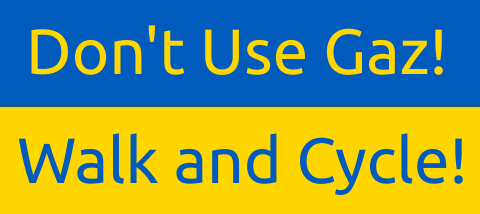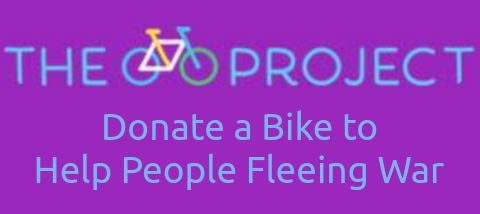
Hopefully we wont have any serious injuries or accidents on Push Bikes ride, but being prepared is sensible. As regular ride leaders, Simon Harrison and John Bennett signed up for a one-day emergency first aid course. How things have changed since my Boy Scouts first aid badge! No slings, fewer on the spot interventions, more summoning help.
Of course it depends on the severity of the event. Many road side grazes and cuts can be cleaned with fresh water and covered with a band aid dressing, and splinters removed with tweezers. But potential fractures require professional help. First aiders should restrict treatment to calling for help, and treating shock by making the patient comfortable and warm, avoiding movement, and restricting drinking.
In traumatic incidents resuscitation may be needed. We were told to follow ABC:
- Airways - must be open to enable breathing. Tilt head back and make cough if throat blocked.
- Breathing - how to apply resuscitation 30 compressions followed by 2 rescue breaths.
- Circulation - control bleeding with pressure and pads and treat for shock.
Useful tip: with a mobile use 112 rather than 999, as it bypasses any lock, and requires no credit or even a SIM (it will also work from a land-line phone). 112 is a European Union initiative, so it works in any EU country. This is important even if your mobile phone doesn't leave the UK, because phones simply search for the strongest signal, and in coastal areas and along the Irish border the strongest signal often comes from another EU country (in some places in the UK the only usable signal will be from outside the UK). If a 112 call is placed from the UK but received abroad, the operator should be able to handle the call in English. 112 has been adopted as a GSM standard, so it's well worth trying 112 even if you are outside the EU.


